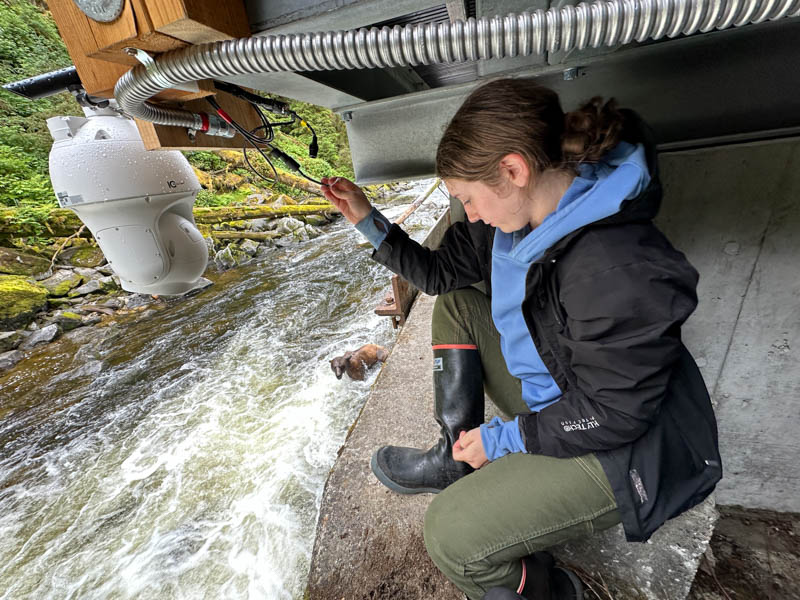You think the kids have it tough going back to school this fall? Just be glad they’re not gopher tortoises. Just to set the score straight, the first two years of life are the hardest for the gopher tortoise because predators, such as racoons and foxes, like to eat the tortoise’s young – preferably while still in their shells or as vulnerable hatchlings.
To help these tortoises along, this summer employees with the De Soto National Forest in Mississippi teamed with the U.S. Fish and Wildlife Service’s Natchitoches National Fish Hatchery for a tortoise head start program. The hope is to increase the population of the federally endangered species. The head start program will allow the tortoises to hatch and grow in the safety of a captive environment until they are more likely to make it on their own.
“It is hard for a gopher tortoise to live those first two years in nature. There’s a very low survival rate,” said Ed Moody, wildlife biologist on the Forest Service’s De Soto Ranger District. “This program will allow gopher tortoises to grow up safe from predators.”
If the tortoises do survive the first two years, there’s an excellent chance they’ll make it to maturity. That’s great for the gopher tortoises. They can live more than 90 years. It is also great for the more than 300 species that benefit from the burrowing reptile.
The gopher tortoise, a keystone species in the longleaf pine ecosystem, helps many others it shares a home with, including the federally threatened and endangered dusky gopher frog and federally protected black pine snake.
Other animals like to use the tortoises’ burrows. Gopher tortoises, which have an average length of 10 inches and weight of 10 pounds, can dig burrows up to 40 feet long and 10 feet in depth using their elephant-like hind legs and shovel-shaped front limbs.
In June, Moody and Christina Vaughn, ecologist, gathered nine clutches of gopher tortoise eggs from the De Soto National Forest, which were transported to the Natchitoches National Fish Hatchery.
At the hatchery, the gopher tortoises will spend their early years in a warm, well-lit, predator-free, safe environment. Then, the larger and more resilient tortoises will return to their natural habitat on the De Soto.
For years, the De Soto has worked with Camp Shelby and The Nature Conservancy, releasing gopher tortoises onto the De Soto National Forest after they were raised in a similar head start program.
“We had a good model to follow,” Moody said. “The Nature Conservancy perfected the method.”
The Nature Conservancy has released more than 400 gopher tortoises into the wild after they went through its head start program.








